Services
Supporting Your Event’s Audio-Visual Engineering Needs
HGIG Productions offers technical expertise in audio and video production. Our crew is the most sought-after professionals who make your events more happening.
Technical Support
- Audio engineering
- Video engineering
- Camera operators
- Lighting engineering
- PowerPoint/data engineer
- Audio-visual
- Audio techs
- Video techs
- Video utilities
- Lighting techs
- Lighting utilities
- General stagehands
- Equipment rentals
HGIG Provides AV Contractor, Staff & Crew
At HGIG Productions, we are your go-to audio-visual contractor. Our staff and crew understand the nuances of production well and offer a wide range of services.
- Corporate events
- Conventions
- Exhibits
- Presentations
- Conferences
- Trade shows
- Special events
- Other corporate environments

Nationwide Services
We are a renowned audio and video production company, based nationwide. Our seasoned technicians are team players and have years of experience and expertise under their sleeves. Whether it is a corporate event or a trade show event planning, our convention managers, and our audio and video production services are second to none.

Specialized Services
HGIG specializes in filling various audio-visual technician positions for any of your event requirements. Whether you are hosting a family event or a corporate meeting, you can choose for specific technical assistance. Our crew will ensure complete customer satisfaction.
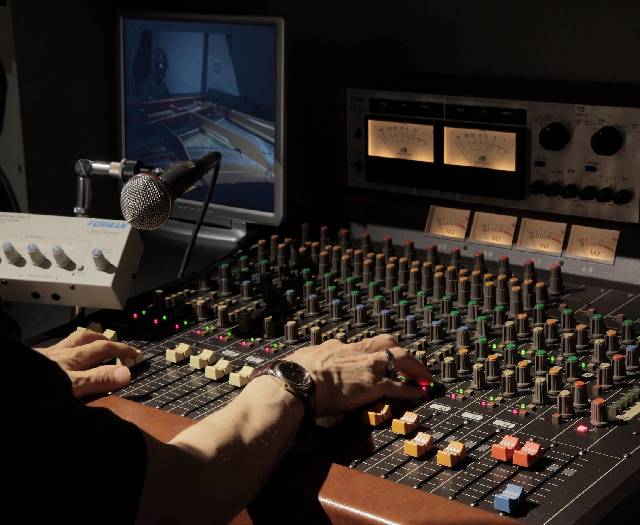
A1 (Audio Engineer)
The audio engineer or A1 directs the setup, placement, tuning, operation, and strike of the entire sound system. The A1 is primarily used in the general session and large breakout room environments.
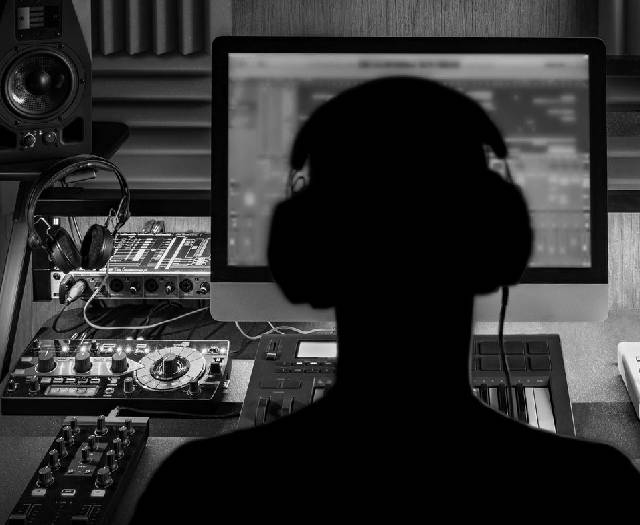
A2 (Audio Assist)
The audio assist or A2 assists the A1 with the setup and strike of the entire sound system. The A2's responsibilities include, but are not limited to, set/strike of wireless-microphones, assembly of line arrays, running of cables, and intercom systems. The A2 can be utilized in all show environments.

Collaboration of A1 & A2
During a show, A2 assists the A1. The primary responsibilities include the management of wireless microphone frequencies and interfacing with presenters. The Show A2 is recommended primarily in the general session environment.
AV Tech Operator
An AV tech operator is a technical geek who understands the technical aspects of audio and video production inside-out. The AV tech operator’s responsibilities include a wide range of essential aspects.
- Operation of simple break-out rooms
- Setup and strike of LCD projectors
- Operation of 8-16 channel analog audio consoles
- Basic video switcher/scalers
- Static lighting consoles for basic stage wash and presenter support with basic PowerPoint editing
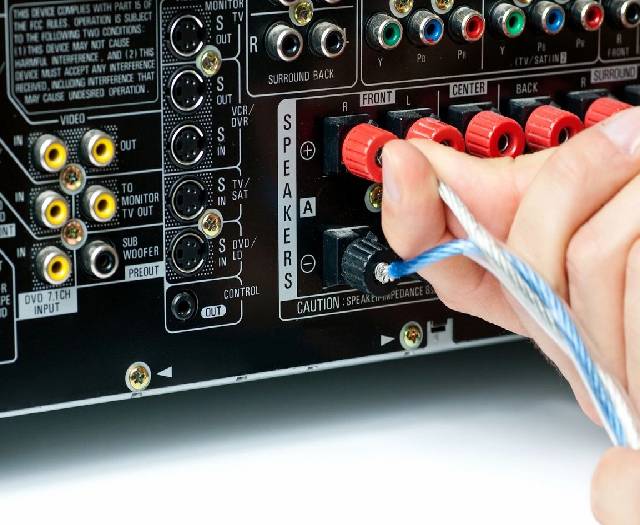
AV Tech Floater
In a production environment, the AV tech floater assumes the same responsibilities as the AV tech operator. But the responsibilities are dedicated to one room. This position is recommended for rooms that do not require a dedicated AV tech operator.

AV Tech Set/Strike
The AV tech set/strike is primarily used for the setting of meeting rooms, exhibits, basic audio, lighting, and video equipment. The AV tech set/strike technicians should not be utilized in specific departments, such as the A2, L2, or V2 positions.

Camera Operator
A camera operator’s responsibilities include building and operating all fixed broadcast/studio configured cameras, regardless of lens configuration. A camera operator is primarily used in the general session and large breakout room environments.

Camera Operator - Hand-Held
A hand-held camera operator works in a non-fixed position. This camera operator is primarily used in the general session and large breakout room environments where additional footage and viewing angles are required.
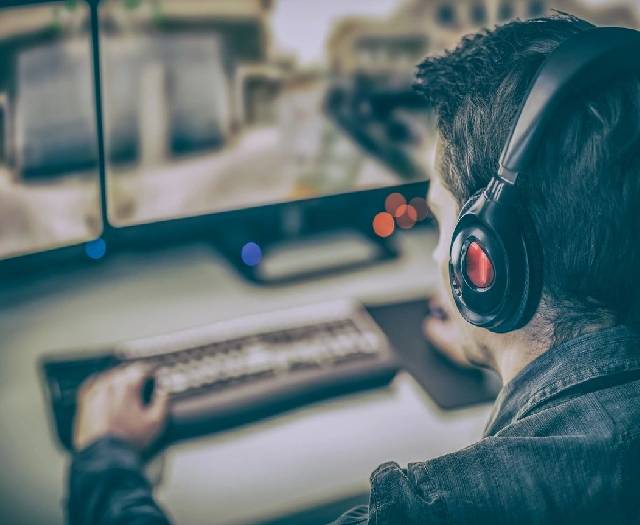
Carpenter
A carpenter is responsible for the set/strike of all staging, sets, and props. Carpenters will provide all the necessary tools to complete the assignment and can be utilized in all show environments.
Scenic Carpenter
Advanced and experienced carpenters are helpful for the corporate audio-visual industry. One must have at least five years in the industry working in this environment either on the trade show floor building exhibit booths, working in ballrooms designing and assisting the lead carp in the mantle and dismantling of scenic set pieces, or in theaters building or creating sets.

Computer Network Tech
A computer network tech’s responsibilities include setting/striking and maintaining networks, servers, routers, printers, and digital signage. The tech expert can be utilized in all show environments.

Computer Tech
The computer technician’s responsibilities include the set/strike of basic computer systems. These technicians do not setup networks but can be utilized in all show environments.

LED Wall Tech
The LED wall tech assists the LED wall programmer with the set/strike of LED walls. The LED wall tech’s responsibilities include assembly/disassembly of LED walls and patching of signal and power.
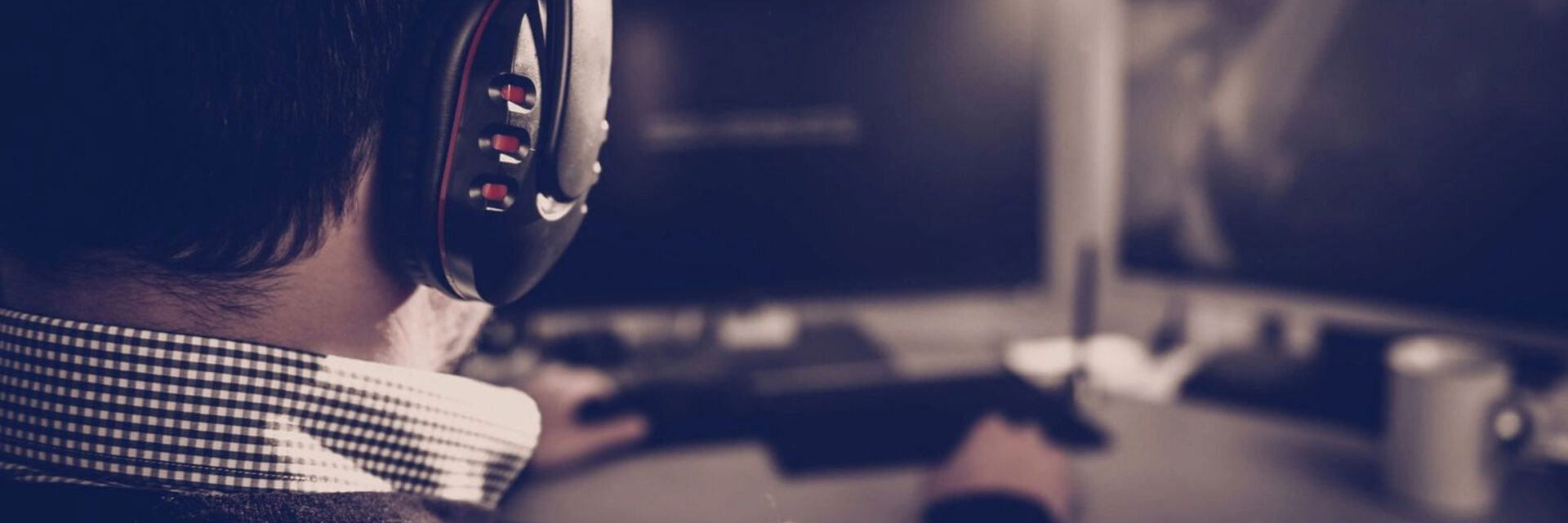
LED Wall Programmer
The LED wall programmer directs the setup, configuration, programming, troubleshooting, and disassembly of the LED wall.
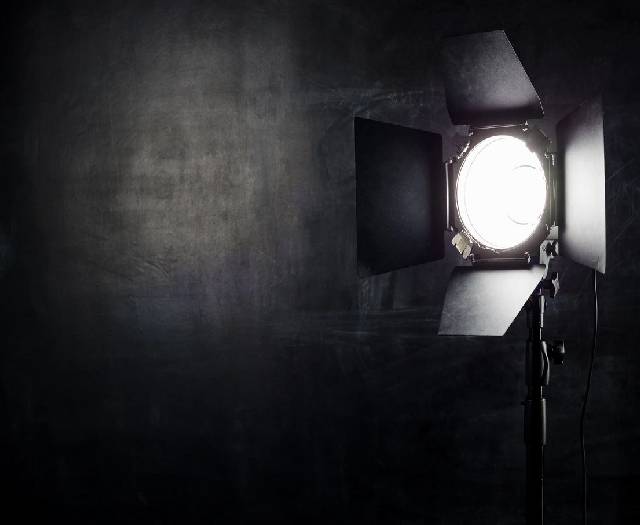
Lighting Designer (LD)
The lighting designer’s responsibilities include designing the plot, fixture placement, power/signal distribution, and the final “look” of the show. The LD position is primarily used in a general session, and pre-production meetings with the client are highly recommended.

L1 (Lighting Engineer)
The L1 works closely with the LD and directs the set/strike of the entire lighting system. Responsibilities include directing fixture placement, assignment of dimmer patches, power/signal distribution, console programming, and final focus and operation of the lighting console. The L1 is primarily used in the general session and large breakout room environments.
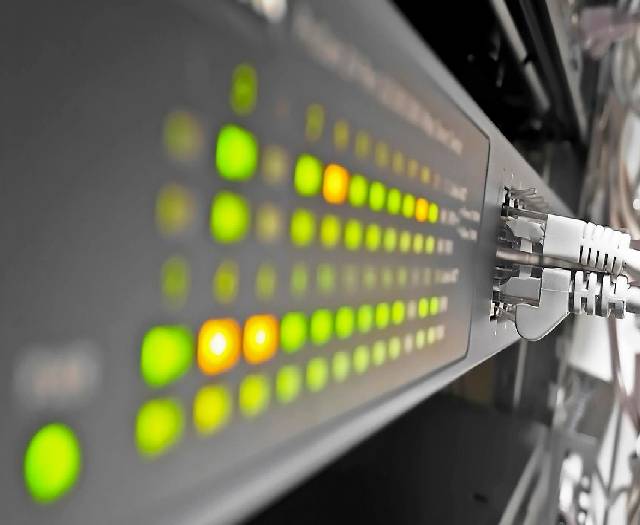
ME (Master Electrician)
The ME works directly with the LD/L1 with the distribution of power, assignment, and patching of dimmers and lamp replacement. The ME is primarily used in the general session environment.

L2 (Lighting Assist)
The L2 assists the L1 with the set and strike of the entire lighting system. The L2’s responsibilities include, but are not limited to: helping the L1 with truss building, fixture placement, power/signal distribution, and focusing. The L2 can be utilized in all show environments.
Labor Coordinator
The labor coordinator's responsibilities include checking in/out of all HGIG techs, distribution, and management of the entire HGIG Productions crew. The coordinator is also responsible for assisting with any additions, changes, and/or cancelations during the whole event. The coordinator is required for events with crews of 18+, or by request.

Projectionist
The projectionist’s responsibilities include placement, stacking, converging, and potential blending of all projection equipment.

PowerPoint Designer
The PowerPoint designer’s responsibilities include the design and assembly of the presentation and the operation of the show. The designer is primarily used in the general session and large breakout room environments.

PowerPoint Operator
The PowerPoint operator’s responsibilities include setting/strike and operation of the entire PowerPoint presentation. The operator is mostly used in the general session and large breakout room environments.
Project Manager
The project manager is one of the important crew members. As an industry professional who is proficient in pre-production, operations, and management of crew and gear, a project manager wears multiple hats.
This person is the on-site operations manager and the liaison between the client and the crew. The project manager also interacts with venue management. The selection of a project manager is based on the level and difficulty of the project.
It is based on meeting-room coordinator, general-exhibit coordinator, large-exhibit-booth coordinator, or general-session-production manager. The specific roles must be defined by the client to ensure the selection of the proper individual. The client typically supplies this position.

Show Director
The show director oversees the entire show, ensuring the harmonious integration of all departments, in addition to calling show cues. Generally, the show director must participate in script creation and show planning. The show director is used only in the general session environment.

Spot Operator
The spot operator is proficient at operating various types of spotlights and is comfortable at taking cues on the intercom from the show director.

Truss Spot Operator
The truss spot operator is a qualified spot operator that is accustomed to working with heights and for long periods without breaks. The operator must harness the safety equipment provided by the client.

Stagehand
Stagehands are not skilled labor and act as helpers. The primary role of the stagehand is to assist with laborious tasks such as case pushing, scaffold building, and heavy lifting of various pieces of equipment.
Digital Media/Playback Pro Operator
The digital media operator's responsibilities include the setup and operation of professional media playback systems, with a complete understanding of Playback Pro and other digital playback systems. The operator manages and executes encoding and playback cues. The digital media operator is typically used in the General Session environment.
- Sets-up and maintains all specified recordings during the show
- Labels and delivers all digital media after the show
Teleprompter Operator
The teleprompter operators are owners/operators of their own equipment who provide primary and backup systems. The teleprompter operator is responsible for script preparation and editing, before and during the show, as well as the set/strike of their equipment. The operator is typically used in the general session environment.
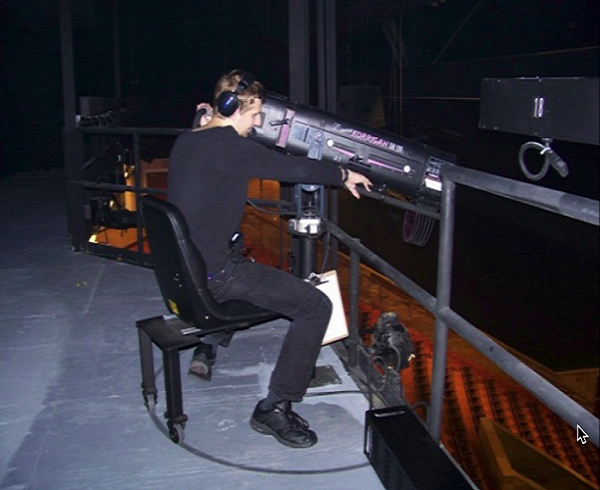
Technical Director
The technical director is a video engineer who specializes in the cueing, calling, routing, and switching of the cameras. The technical director is primarily used in the general session environment.

Truck Loader
The truck loader is the labor for loading and unloading of trucks.

V1 (Video Engineer)
The V1 directs the set/strike, configuration, and operation of the entire video system. The V1 is primarily used in the general session and large breakout room environments.

V2 (Video Assist)
The V2 assists the V1 projectionist, or tape operator with the setup and strike of the entire video system. The V2 responsibilities include set/strike of projectors, screens, monitors, cameras, playback, and record systems. The V2 can be utilized in all show environments.
Working Lead
A working lead is required for a crew of 10-17 technicians. The responsibility of the working lead is to act as a general liaison to the on-site project manager and the HGIG Production office. The working lead facilitates the check-in/out of the crew. When not performing the duties, the working lead will perform his or her duties as assigned. The lead can be utilized in all show environments.
Let us help you with event planning!
